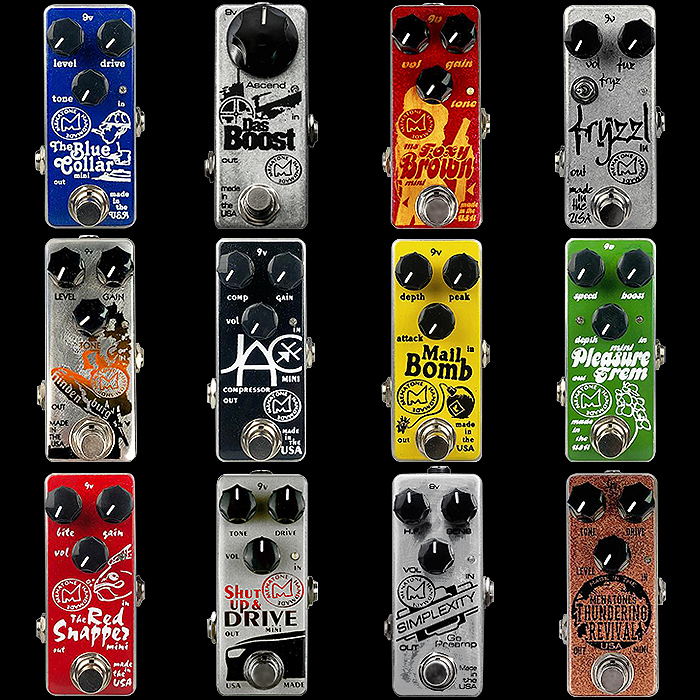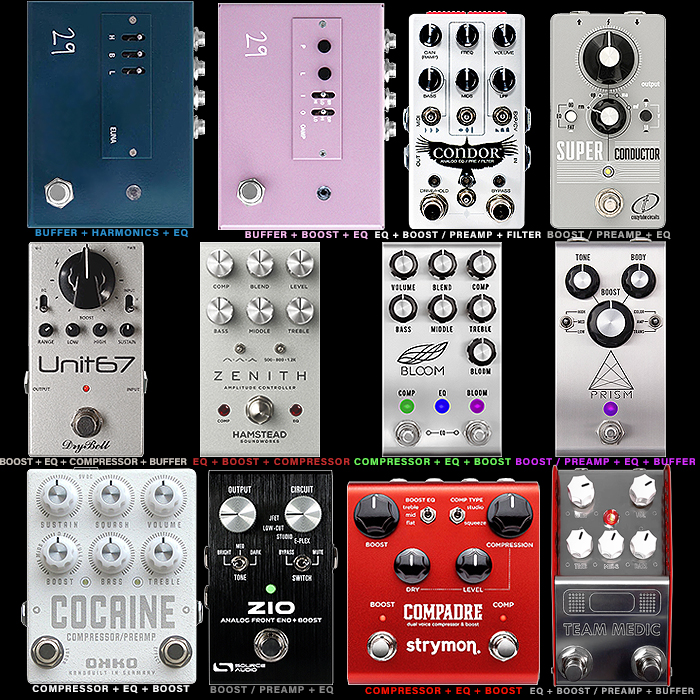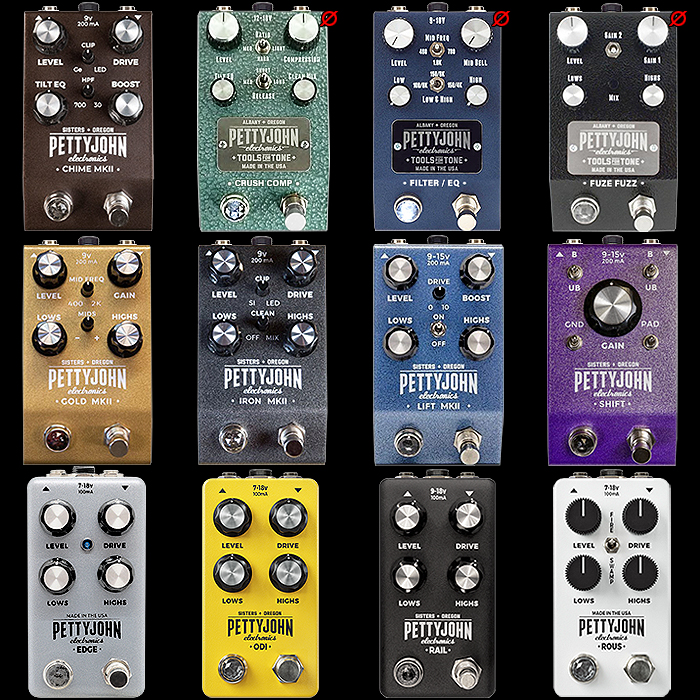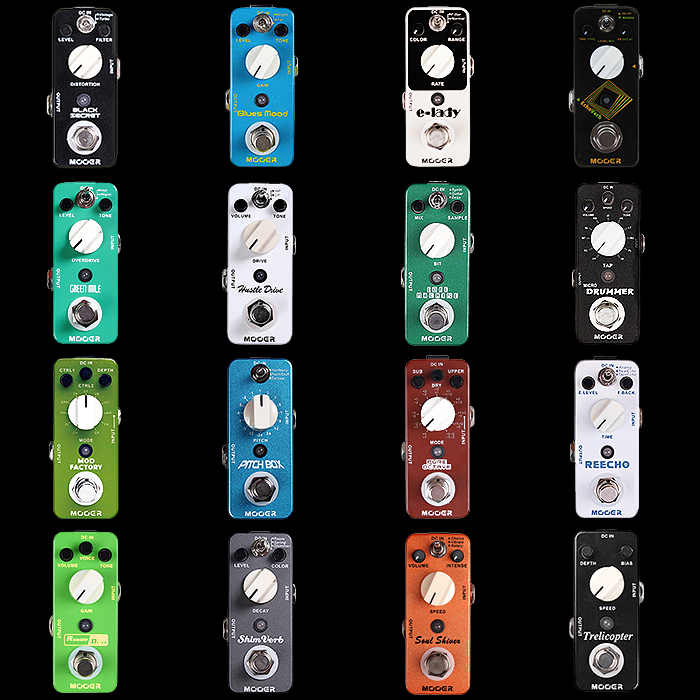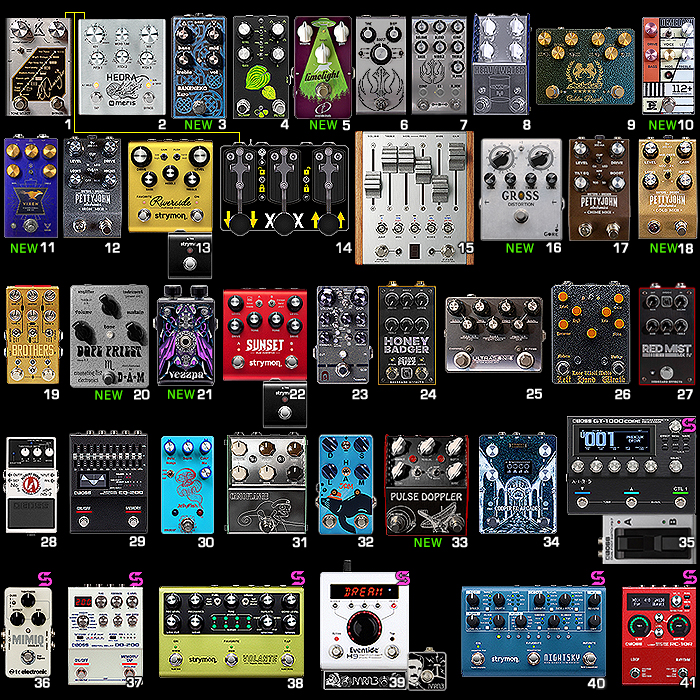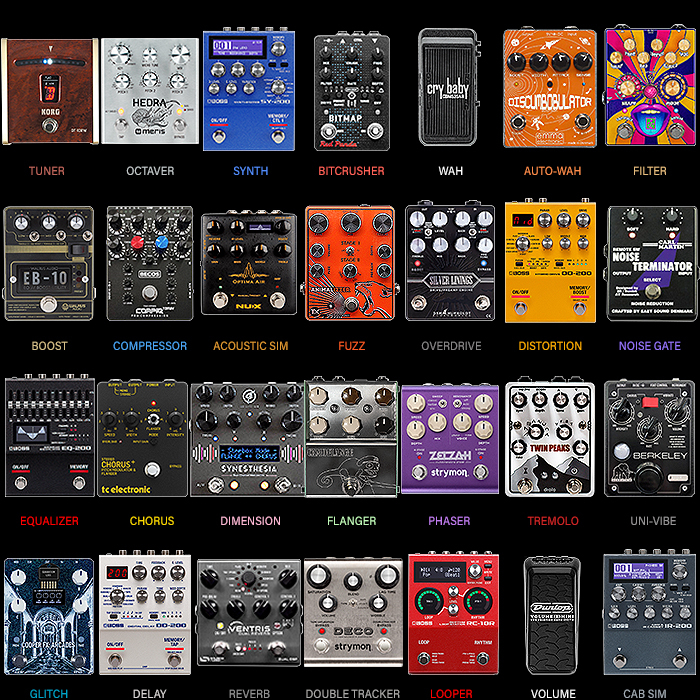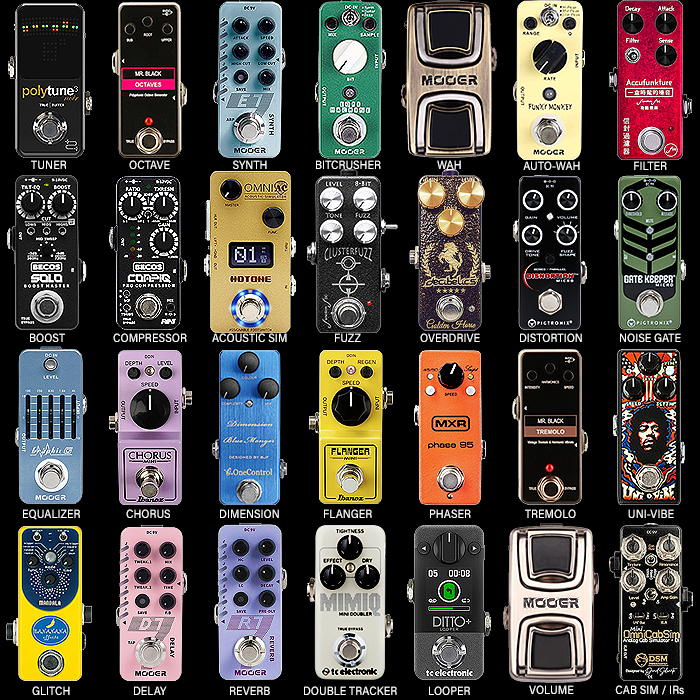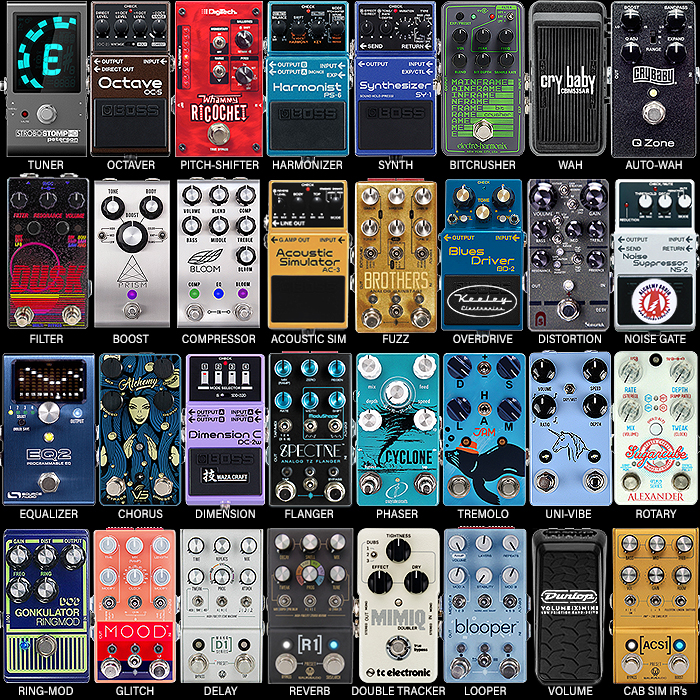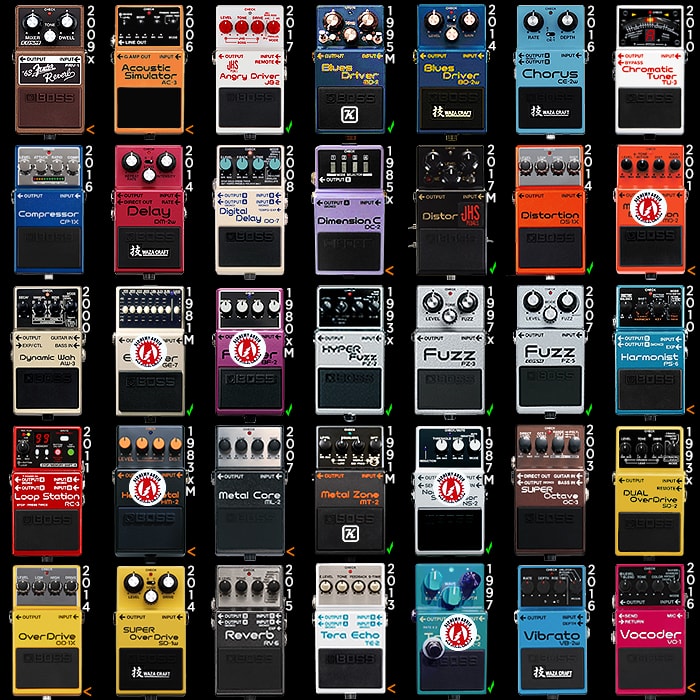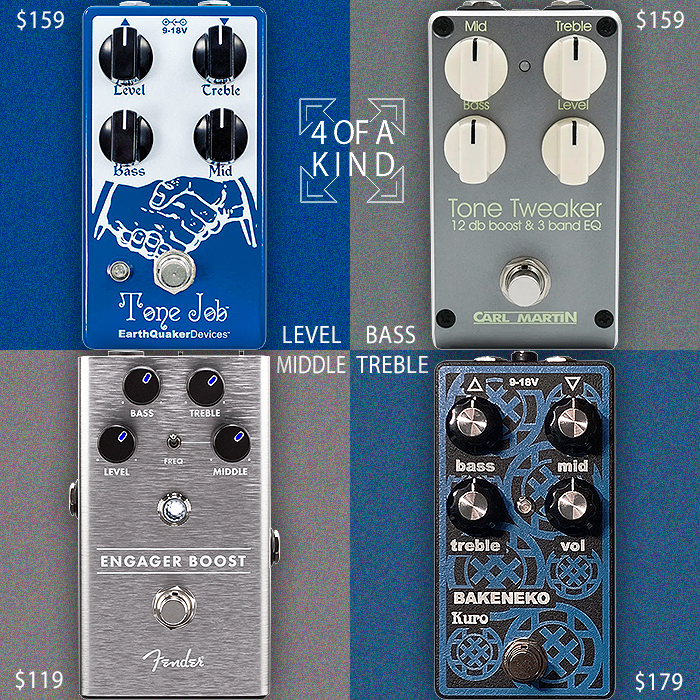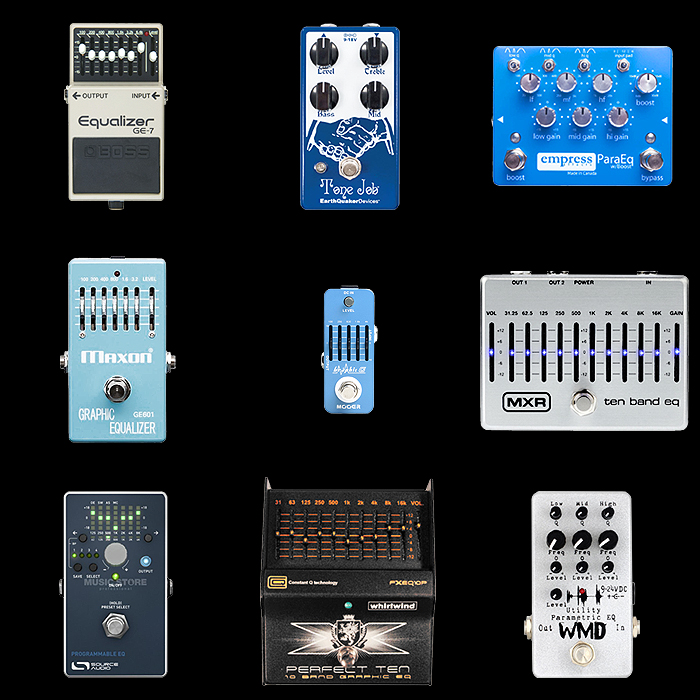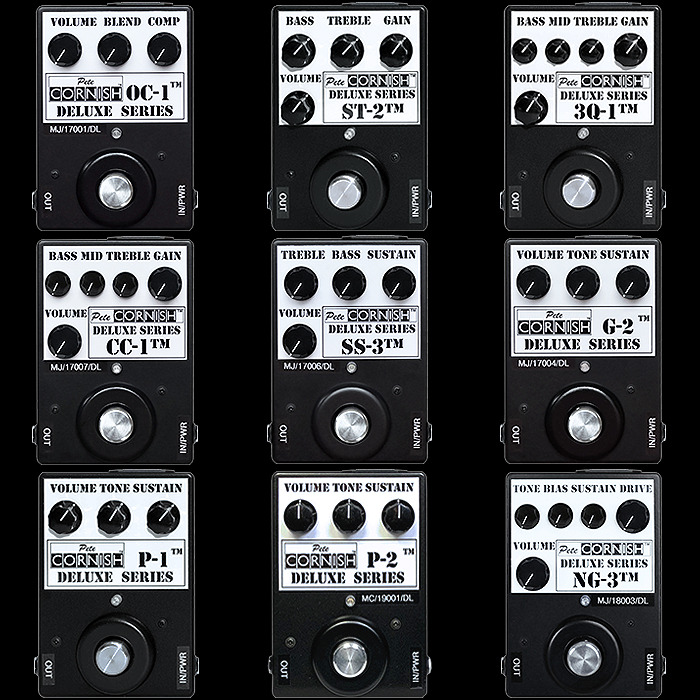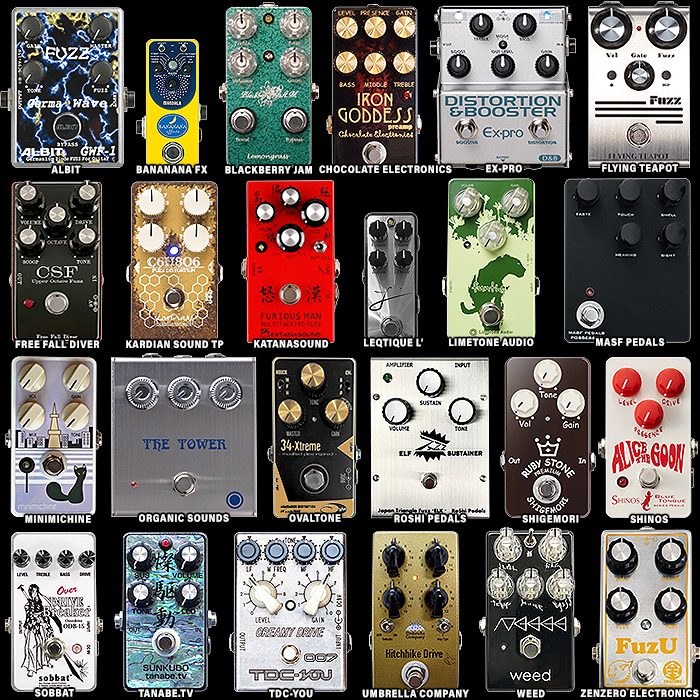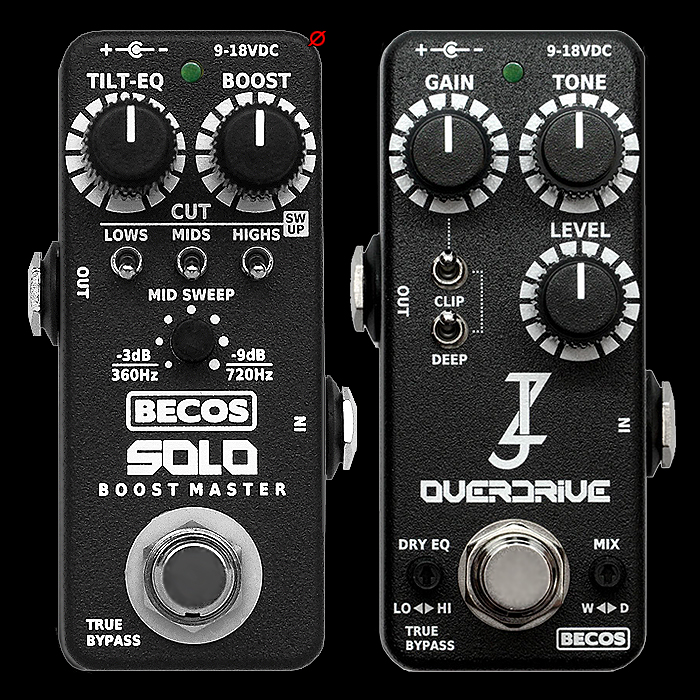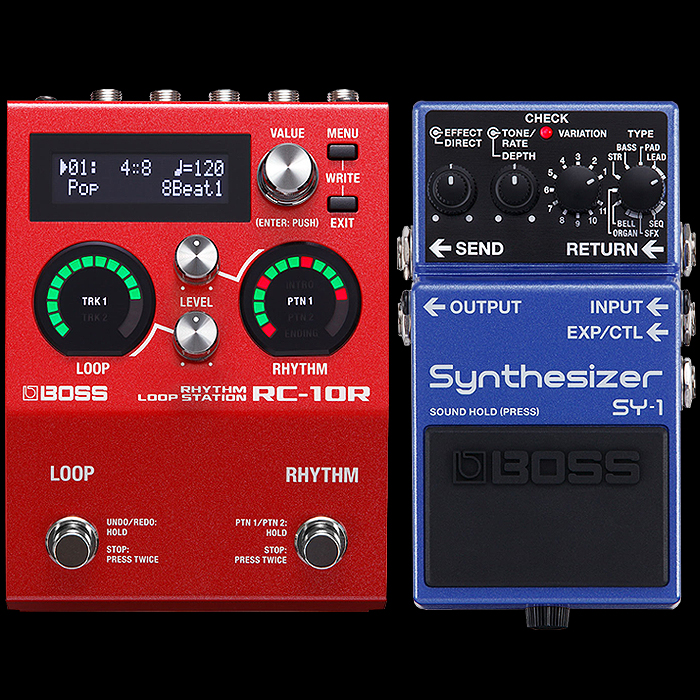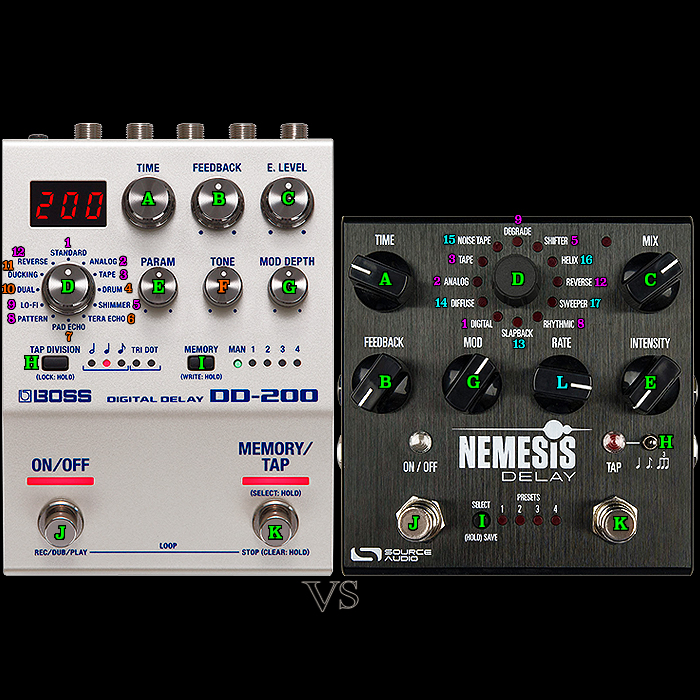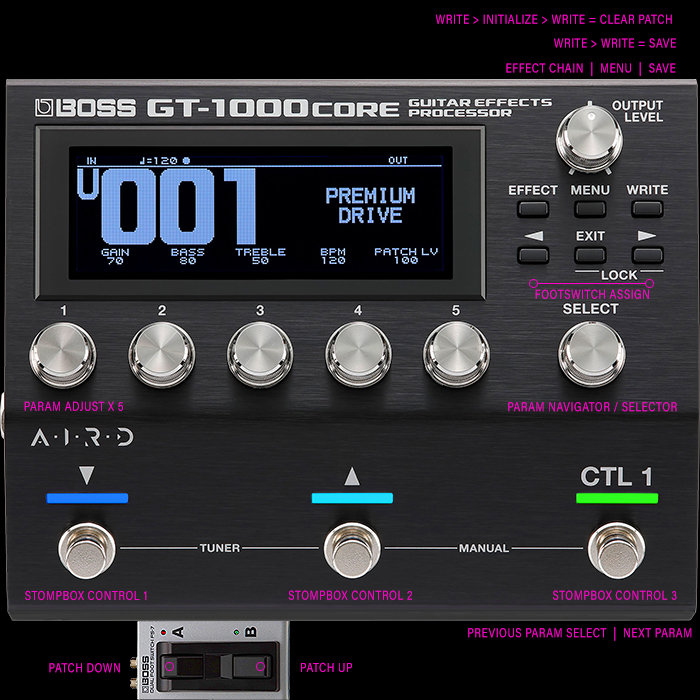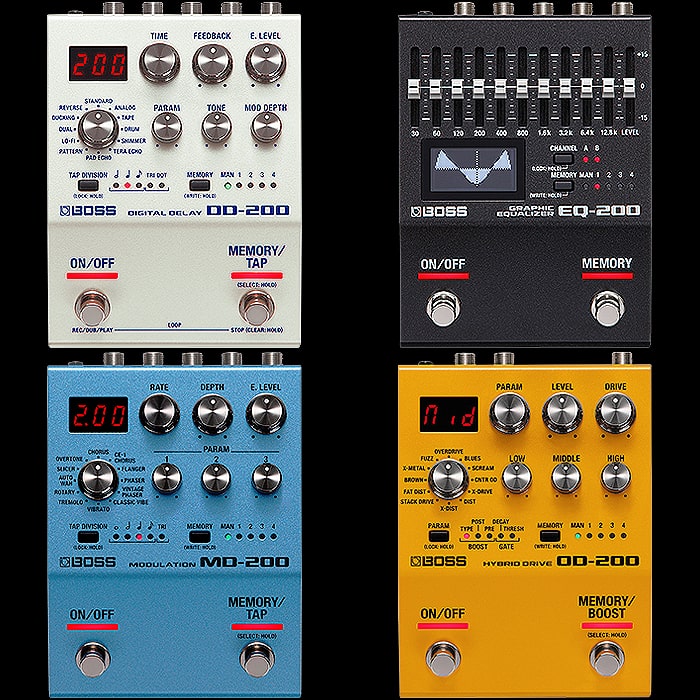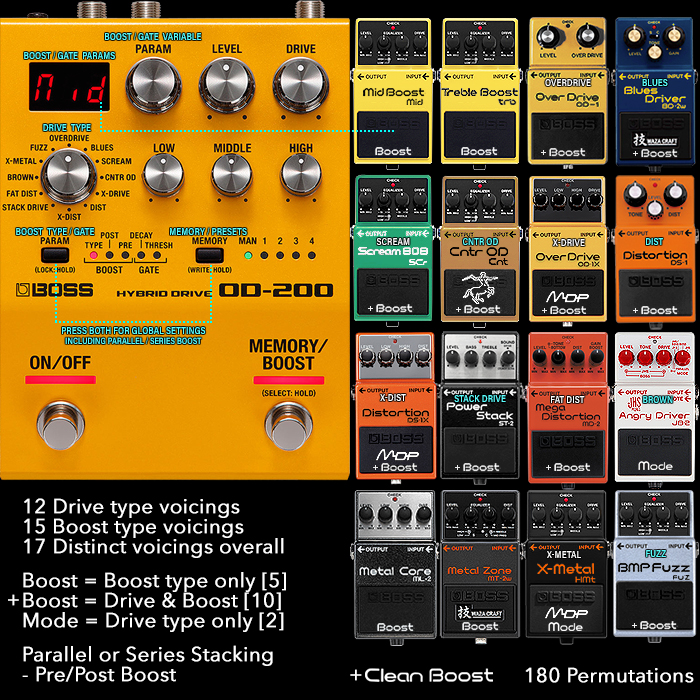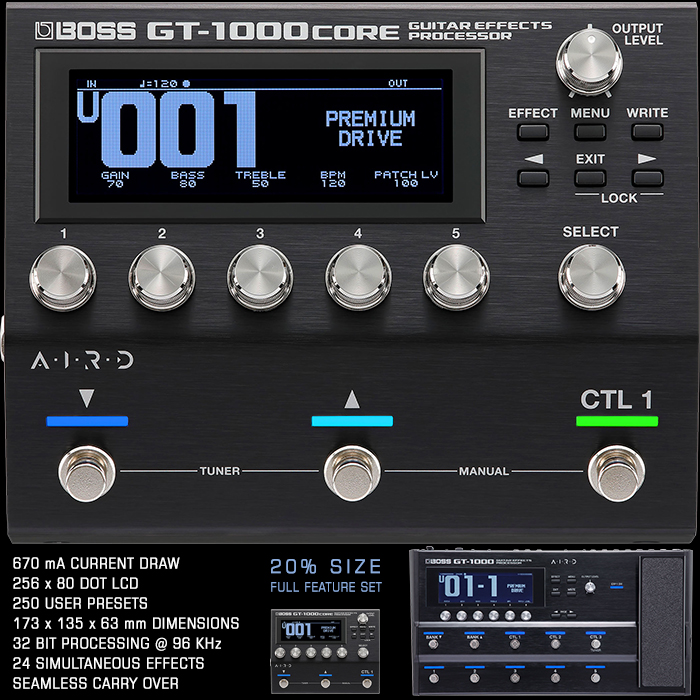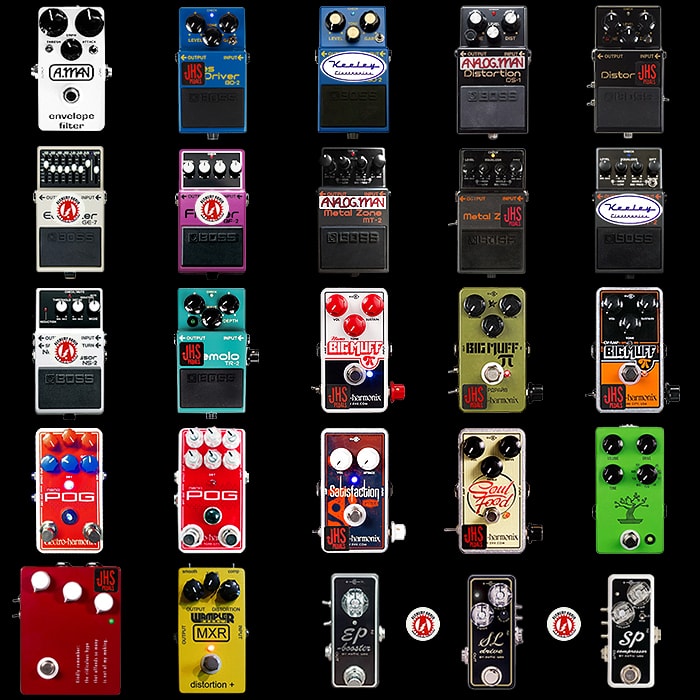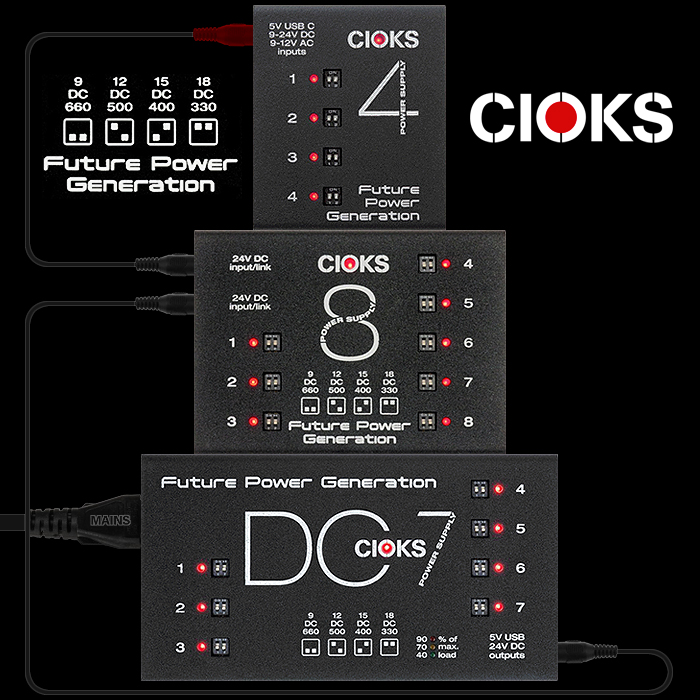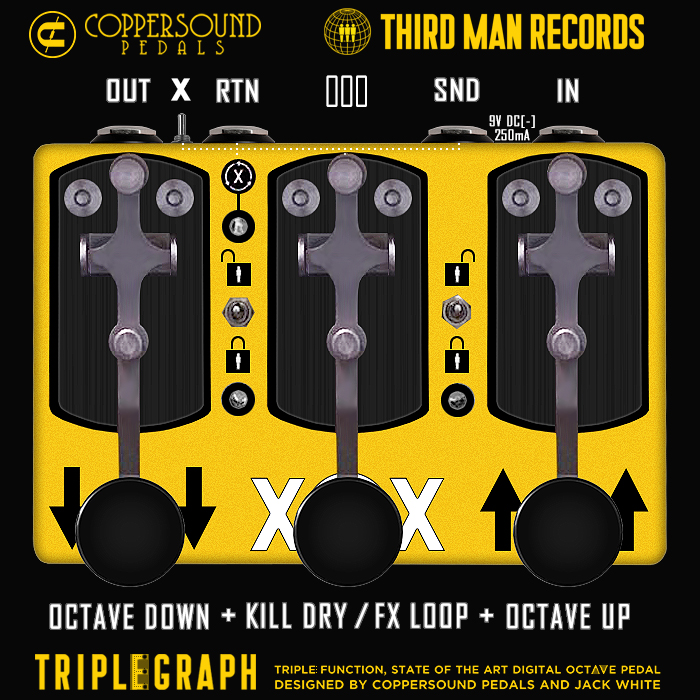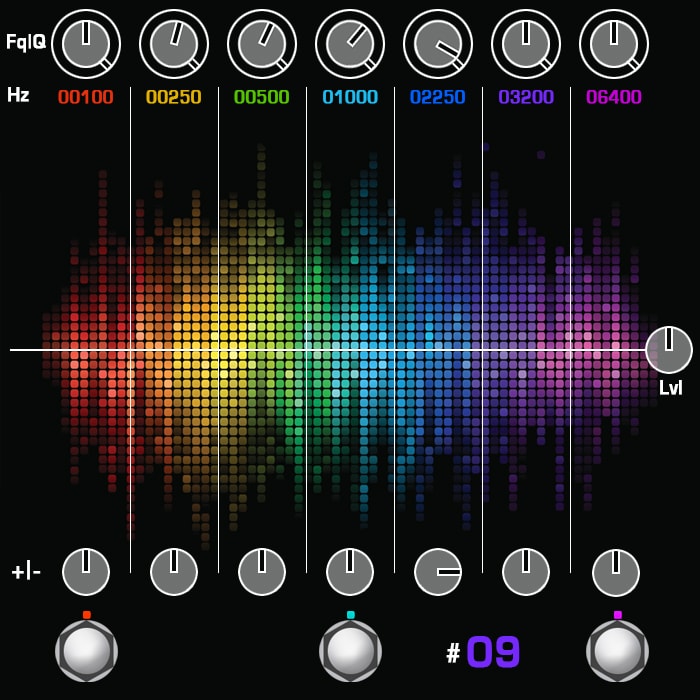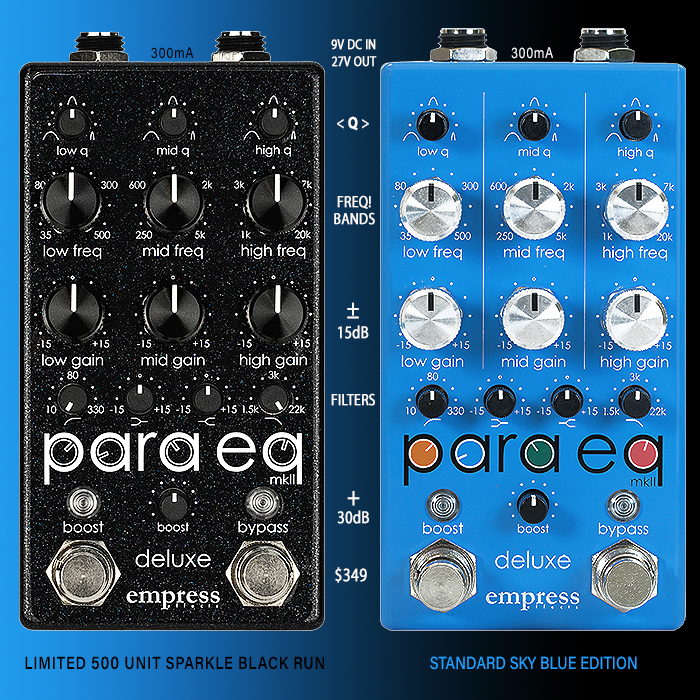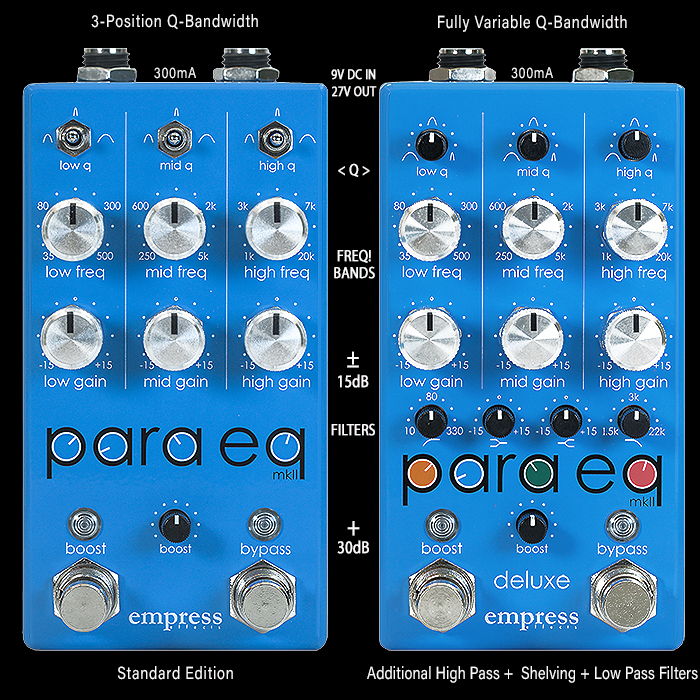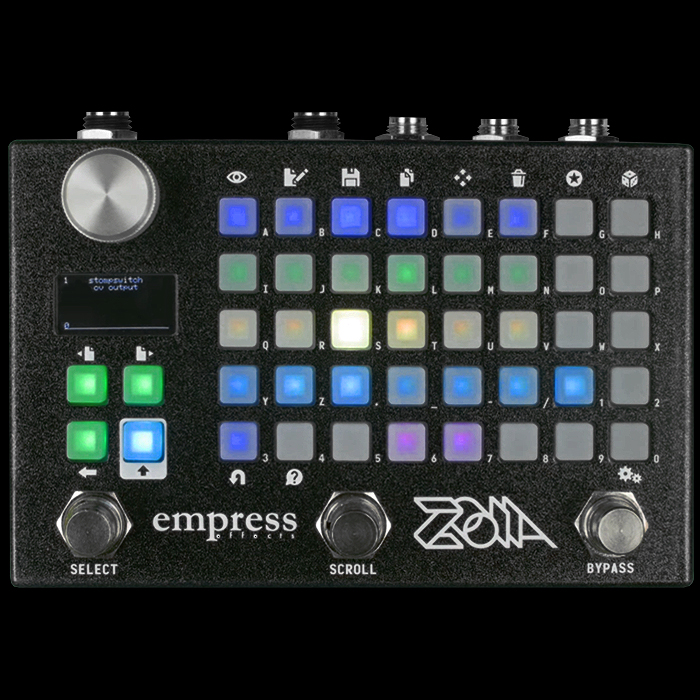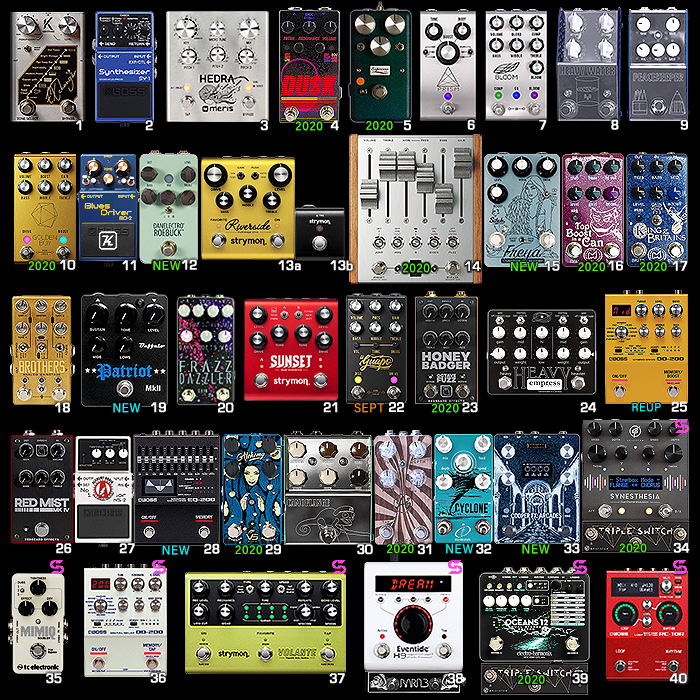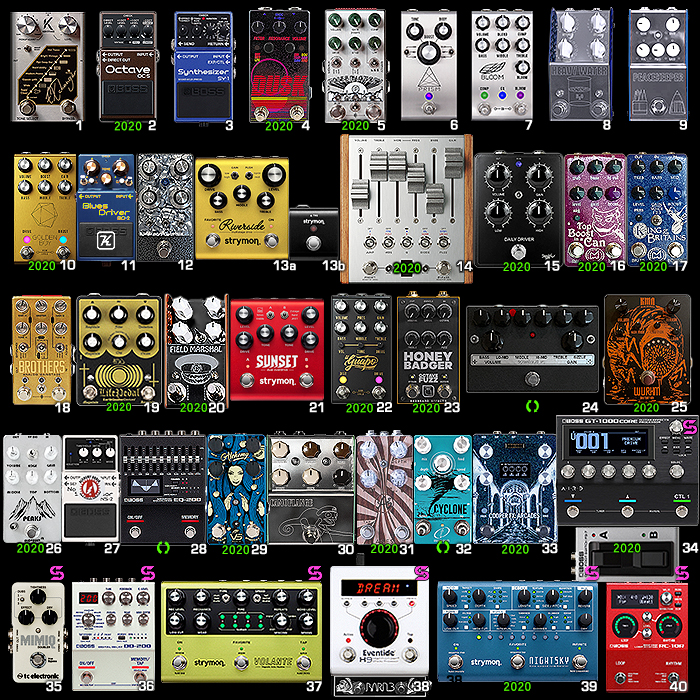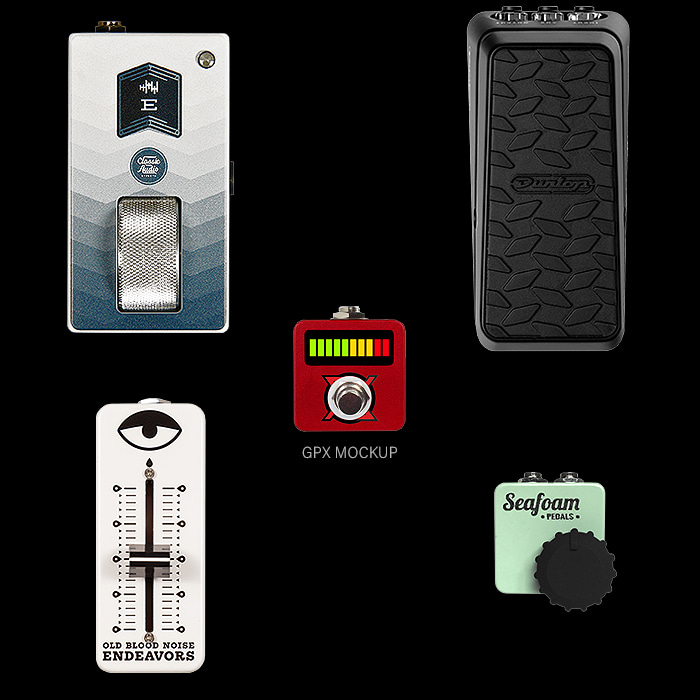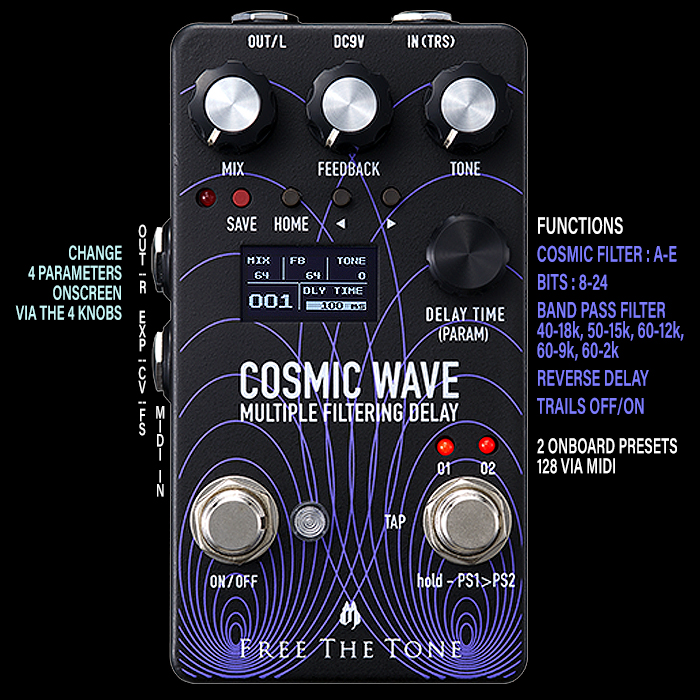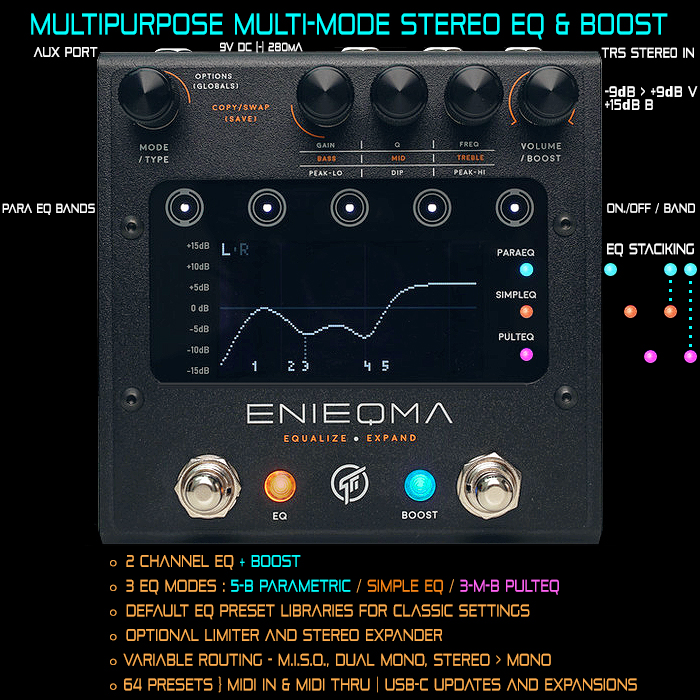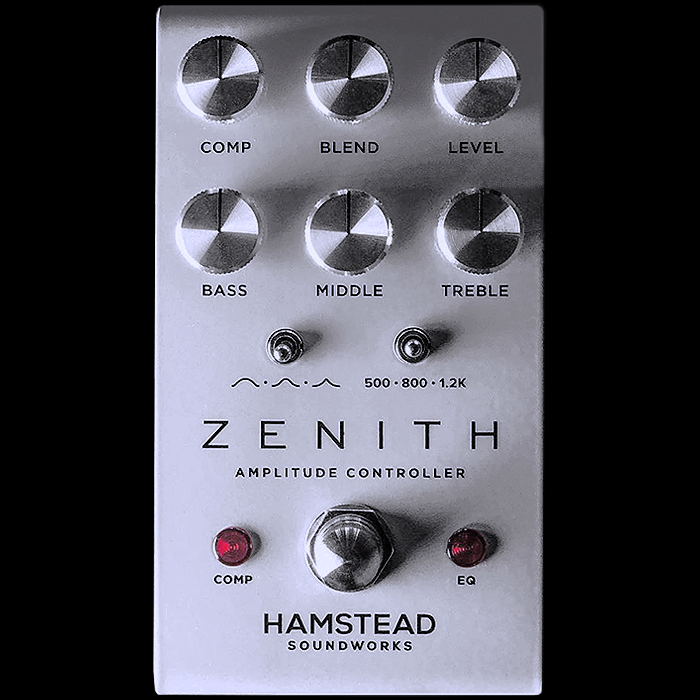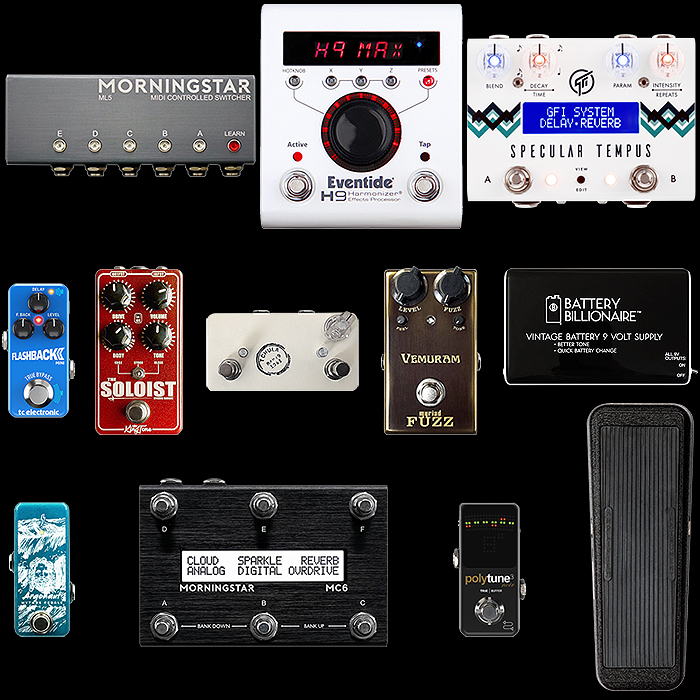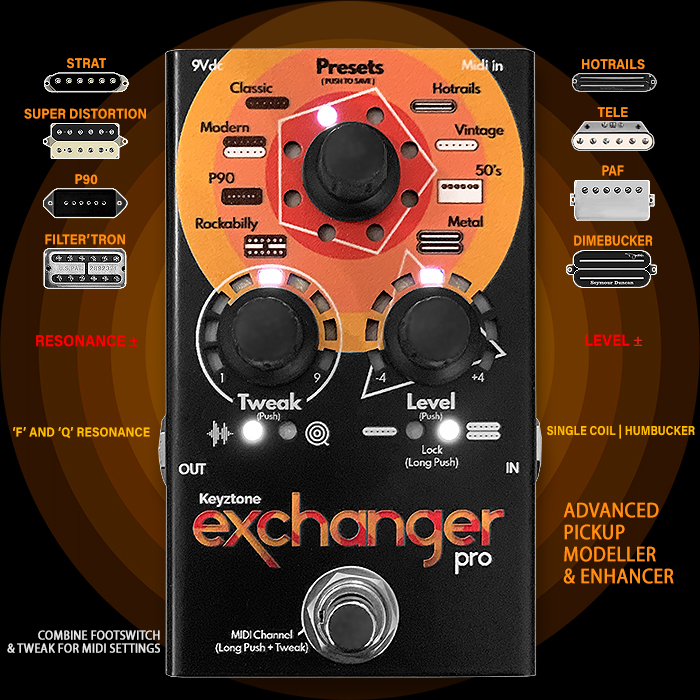Best of Mini, Compact, Medium and Large EQ Pedals
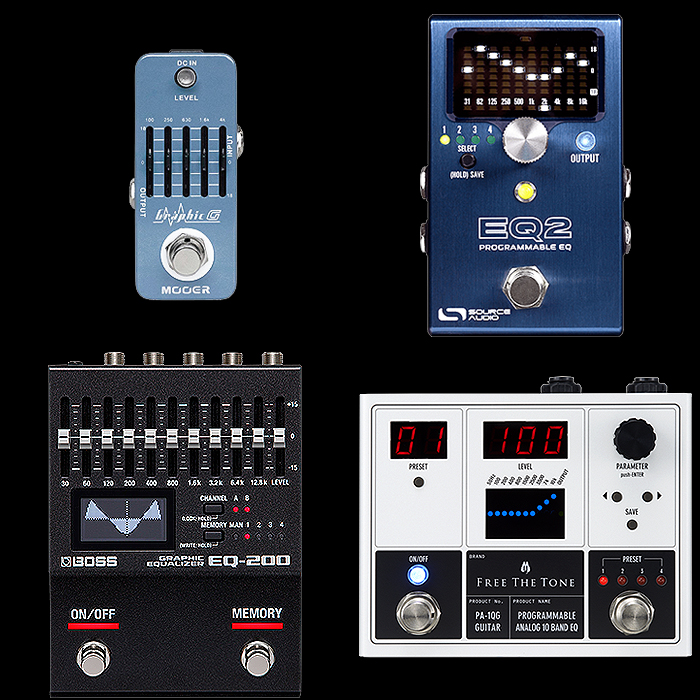
2 recent events inspired this post - the relatively recent launch of Source Audio’s EQ2 Programmable EQ and my decision at last to accommodate the Boss EQ-200 in my pedal-chain. Special mention must be made of my good friend Matt Knight - who many know as both Mr Boss Europe and key constituent of ’Guitar Nerds’ alongside Joe Branton. Matt has proven to be a key ally in many of these guitar pedal excursions and is widely accepted as one of the nicest guys within the pedal community and this industry in general. He has certainly provided me with plenty of essential input, feedback and support.
For the longest time I was exceedingly happy with my 7-band Alchemy Audio modded Boss GE-7. My principal use of this EQ in the past has been in slot #28 of my pedal-chain - just after the higher level gain pedals and Alchemy Audio Modded NS-2 Noise Suppressor / Noise-Gate - with the main purpose of bringing back some of the high end frequencies filtered out by the Noise Gate and the considerable length of cabling that is necessary for a 40-pedal chain.
There are other 2- and 3-Band EQ’s at the start of my chain used for altering the core input tone to the chain - while slot #28 has largely been used as a ’Balancing EQ’ of sorts. I always thought the GE-7 to be the perfect combination of features and form-factor that I needed - and that 7 bands was pretty much the optimal number for guitar.
When the EQ-200 first emerged with the quartet of 200 series pedals I was of course impressed, but weirdly thought that the EQ-200 might be somewhat overkill for me. Which is actually frankly ridiculous really considering the nature of my chain in the first place. I’ve known that I could use a programmable EQ to better effect - to not only re-balance the signal integrity, but significantly adapt and re-shape it for particular purposes. I’ve always had an experimental nature - and while the EQ-200 was always enticing - my pedal-chain was already being squeezed for real-estate which is a key reason why I tend to favour compact enclosures overall.
When I did the recent Steve Mac Pedalboard feature - he obviously also employs an EQ-200, and in fact my pal Sof has deployed one himself recently to great effect in his studio amps effects loop. All those events cascaded together to persuade me that yes there was a very good case for upgrading the GE-7 and that the EQ-200 would be the perfect vehicle to allow me to do more interesting things for the tail-end of the pedal-chain. I was nervous as to how easily I could fit it in - but I need not have worried as just the tiniest amount of re-jigging yielded the exact space I needed - pretty much down to the millimetre.
So within that process I took to thinking about what other options there were for me at the time - besides my well-loved GE-7 - and I settled on these 4 as being the best representatives for each size category. I expected to find a more boutique-style Mini EQ pedal - but there really aren’t any that I was able to uncover. There’s a few real cheapo 7-band ones of questionable quality. So when dealing with Minis I usually go to the default brand that has served me well at that form factor - Mooer. It’s Graphic G 5-band EQ takes you from 100Hz to 4kHz - but probably doesn’t quite have the nuance I would want - while oddly there isn’t really another properly decent or better Mini Graphic EQ - surely a gap in the market!
The new Source Audio EQ2 comes in as the current champion for the compact enclosure format - with its smart digitally controlled 10-Band EQ. Boss is the strongest in the Mid-size category, and the Free The Tone PA-10G is probably the champ slightly higher up the enclosure size scale. Funnily the EQ2 is Digital with Digital Control, the Boss EQ-200 is Digital with Analog Controls / Sliders, and the PA-10G is Analog with Digital Controls.
In many ways the EQ2 delivers the broadest feature set, yet I will always have a preference for proper physical EQ Slider controls versus having to tab through a screen - column-by-column.
Here follow the individual details on each and the final recommendations in Final Thoughts below:
Mooer Graphic G Mini 5-Band Guitar Graphic Equalizer - £45
A very simple and elegant 5-Band EQ - with controls for 100, 250, 630, 1.6k and 4k Hz along with mini Level knob. I generally find that most of the Mooer stuff is pretty decent quality for its chosen segment - some of it actually very decent - in fact I always see Mooer as the default / safe choice for mini pedals overall - while in several areas there are higher quality boutique versions available from other brands - as I highlighted in my Mini Pedal State of the Art article. I had hoped to find something slightly more impressive at the Mini Level - but utility pedals evidently beyond compressors, don't seem that appealing to the boutique builders. Still in terms of bangs for your buck - then this is a decent candidate that can still radically alter and augment your core tone. Probably still worth having one around just for odd occasions. EQ's can not only enhance your core tone - they can take some relatively OK pedals and make them sound stellar. For a stepping-off point candidate - the Mooer Graphic G is decent enough. I would though not use it as my main EQ, but rather as more of an emergency fill-in / band-aid when and if required. I look forward to seeing a more capable variety in this niche at some stage in the not too distant future.
Source Audio EQ2 10-Band Programmable Graphic Equalizer - £285
Here you jump up to twice as many frequency bands or 10 overall - 31, 62, 125, 250, 500, 1k, 2k, 4k, 8k, 16k Hz and a whole tonne of extra features - including applications for Limiter, Noise Gate, Tuner and Wah. No doubt a superbly useful and well thought out utility pedal - yet you access most of that all courtesy of a single dial. In fact there are just 3 physical controls on the pedal - the master function selector knob, Output knob and Memory Select / Hold and Save Button. It's a very significant improvement over its 7-Band predecessor - both in terms of aesthetics and overall utility. Yet you need to scroll and push/select a lot to update and set every function. A little like using those single dial rotary label-makers to select each individual character of the alphabet. I totally value the utility of this pedal - which does all the usual clever things in terms of being a general EQ, Boost and Volume pedal - but the way you access each of those settings I find somewhat clunky and indirect - compared with just instantly moving a physical slider per the EQ-200 and Graphic-G. Obviously this functionality allows for a much smaller enclosure format - with this being as small as it could conceivable be for a full stereo signal path pedal. It has a fair few more features onboard than the Boss EQ-200 and many will like it for that, but for me the lack of proper and immediate hands-on control is something of a disqualifier. A key reason I have my pedal-chain as is - is that I can easily and immediately impact and affect very significant changes - where I have developed a touch of a phobia against pedals which rely overly on sub-menu functions. I like for everything to be fairly obviously surfaced and fully intuitive and accessible. Having lots of extra hidden features isn't necessarily a benefit to me if it's too tricky to get to them or actually remember they are there. I also question why there isn't a second footswitch here like on the Boss - for easily and instantly stepping through the presets. Both the Boss EQ-200 and Free The Tone PA-10G have the advantage over the EQ2 in being able to effect instant changes via footswitch. The EQ2 has up to 8 onboard presets and up to the usual 128 via MIDI.
Boss EQ-200 10-Band Programmable Graphic Equalizer - £188
And so to my preferred choice here - which to me is the second most-perfectly executed Boss 200 Series box after the superb DD-200. I always thought I wouldn't want to go much larger than a compact enclosure form factor for an EQ pedal (i.e. GE-7). But concede now that the vertical BB-size format is the new bar. This pedal features the recent upgrade to 128 onboard memory presets - which you access by holding down the Memory Button and paging through the presets - Up/Incrementally via the Memory Footswitch and Down/Decrementally via the ON/OFF Footswitch. You have full stereo routing again and the ever-so useful VDU panel which is essential for you to see what your Presets are doing. I guess someone could do an Automatone style exercise on the sliders - but that would surely yield a monstrously sized format. For me this is about as perfect as it gets to-date to accommodate those 11 sliders (10 Bands + Level/Boost) - 30, 60, 120, 200, 400, 800, 1.6k, 3,2k, 6.4k and 12.4k Hz. For stereo setups you can select different values for A and B channels - or you can do some funky 4-cabling stuff where you put your signal twice through the ringer as it were or select different Pre/Post Effects Insert Points. There's no other hidden features here unlike on the EQ2 - no Limiter, Noise Gate or Tuner as such - but this is still the most perfect execution of EQ pedal for me. I find the Presets selection still a little clunky - and how the extended 128 slots have been accommodated. But for a combination of factors - size, accessibly and practicality this is the surefire winner here for my preferences. It's also actually really rather reasonably priced comparatively as well.
Free The Tone PA-10G 10 Band Programmable Analog Guitar Graphic Equalizer - £365
I've been peripherally aware of this pedal for a while, but it was my recent Steve Mac Pedalboard piece that brought this more to my attention. Interestingly this is sort of the opposite of the Boss - which you could say was Digital with Analog/Physical controls - while this is Analog with wholly Digital controls. In fact I was a little surprised that Steve had this Mono pedal further down his signal chain - while his stereo Boss EQ-200 sat in the middle of the chain. The 10-Bands here are 50, 100, 200, 400, 800, 1,500, 2,500, 3,500, 7k and 10k Hz. It has a similar system of presets to the Boss - in terms of being footswitchable. While the controls are a slight improvement over the EQ2 - as you have left and right buttons to go with the rotary encoder. So you have a slightly more elegant way to access each of the Frequency Bands. The VDU screen though is miniscule and puts it at a significant disadvantage of the much clearer display for the EQ2 and the physical sliders of the EQ-200. For me the form factor and overall execution of the PA-10G somewhat detracts from its superior internal analog tone-shaping circuit. The Analog EQ is obviously worth something - but at £365 this is a fairly pricey proposition for this exact execution. As a piece of industrial design it has a number of flaws t my mind which put it at a significant disadvantage vs the EQ2 and EQ-200 despite its superior tone circuit. It's a case of where I really like the idea, but am slightly disappointed with execution. Its presets I believe work fairly similar to the Boss EQ-200 - in that you can footswitch / step between the first 4, but need to utilise manual controls to access the remainder of the overall 99 available presets.
Final Thoughts
For me, and I guess most players likely - the competition is really going to be between the superior feature set and form factor of the EQ2 and the all-round practicality and accessibility of the EQ-200. There is place too for the Graphic G and PA-10G, but those are really outliers for me here considering all the different criteria.
I am personally much more of an on-the-fly-hands-on-kinda-guy - where I really appreciate having direct access physical controls to instantly and immediately effect changes. I also find it essential nowadays to be able to step through presets instantly and immediately courtesy typically of a second footswitch. This means there was only ever going to be one winner here for me - still in the face of all that extra functionality the EQ2 so smartly delivers - including Limiter, Noise Gate and Tuner - which I'm pretty sure Boss can pick up on some day for a later edition of the EQ-200.
I've always had a slight dislike for sub-menu and hidden feature pedals - where you have to constantly remind yourself what is onboard - as it's not in the slightest visible or indicated on the surface. I fear I developed some sort of fatigue when trying to delve deep into the Empress Zoia - and have now pretty much sworn myself off those sorts of pedals. I really like Boss's 500 series - and my 2 candidates there - the MD-500 and RV-500. I was tempted by the DD-500 for a while - but so much prefer the more immediate accessibility of the DD-200 - while I would of course like dual-channel function at some stage too. The DD-200 and the EQ-200 are the shining stars at the top of the 200 Series hierarchy - where each of the others has a few flaws in execution which mar the overall experience a touch - but for the top 2 choices it's near perfection really in terms of combination and accessibility of features. Of course it would be nice if the EQ-200 took on a few more of the EQ2's extended features - but it really does not need them to be the major viable pedal here - while the EQ2 sort of does need those extra bells and whistles to overcome the inherent clunkiness of selecting everything via single rotary encoder!
Current weather conditions have turned my house into a sauna which doesn't make for ideal playback conditions - so I haven't had too much time with the EQ-200 yet - but it slotted into the chain with relative ease. I don't need a plethora of presets - I need my core High-Frequency Re-balancing EQ, and then a few more interesting variations for some of my key Overdrives and Distortions. I may also do a Bass-cut profile - as when you gain and effect-stack the low end has a tendency to get flubby and often needs tightening up. I already use the Jackson Audio Bloom EQ in part for that purpose, but at the start / other end of the chain - while it's useful to have it applied near the end too.
Do you guys employ an EQ in you rig - are you / have you considered any of these?



















